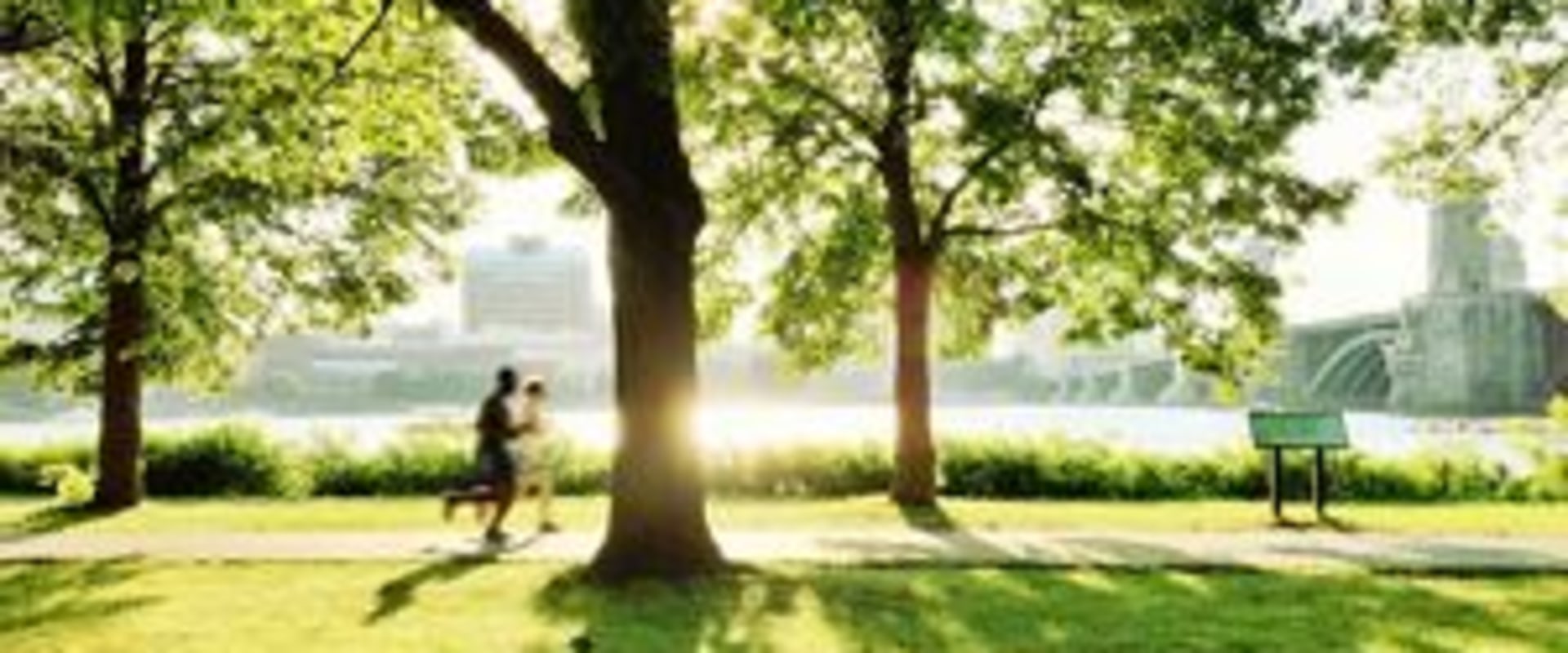Ten species represent approximately 64% of the urban forest. The honey locust is the largest and constitutes about 30% of the forest. Planting and maintaining trees in urban forests can improve climate resilience, carbon mitigation, and human health. In general, urban trees and forests appear to eliminate a variety of air pollutants, which in turn can reduce some of the negative health outcomes associated with air pollution, although the magnitude of this benefit varies under different circumstances.
Investing in proactive planning and management of urban trees can generate economic and human welfare benefits. Urban forests reduce a variety of health problems, such as respiratory diseases and skin cancer, and promote an active lifestyle, which can reduce obesity. While all urban environments end up with trees, either because they were planted or because they simply grew, if not methodical, it's probably not urban forestry. This review provides a comprehensive summary of existing literature on the health impacts of urban trees that can inform future nature-based public health research, policy, and interventions.
This year, Mantua hosted the first World Forum on Urban Forests promoted by FAO and organized by the Municipality of Mantua, the Polytechnic University of Milan and the Italian Society for Forest Ecology. Trees are often left out of the discussion of urban green infrastructure, but studies show that they have a significant impact on water quality and quantity, in addition to its other benefits. Academic literature on the links between nature and human health has grown rapidly using various specifications of nature, such as urban greening, green spaces, open spaces, parks, therapeutic landscapes and restorative environments. For example, studies on the relationship between urban trees and air quality that measured or modeled air pollution levels, but did not include measures of human response or explicitly pointed out the health implications of pollution levels, were excluded.
The urban forest is a green infrastructure system that offers multiple environmental, economic, social and health services, and works in cities. To address this gap in the literature, this scope review synthesizes empirical findings on how urban trees and forest experiences can affect human health.
Urban forestry
has existed since people purposely planted trees, but now two of California's top universities, UC Davis and UC Berkeley, offer graduate degrees in the field. The eight studies that considered urban trees and weight status were cross-sectional and all found positive results.An urban forest is made up of trees in and around the city; the trees around your house are part of the urban forest. They include urban parks, street trees, landscaped boulevards, gardens, river and coastal walks, greenways, river corridors, wetlands, nature reserves, tree belts, and operating trees in former industrial sites.
